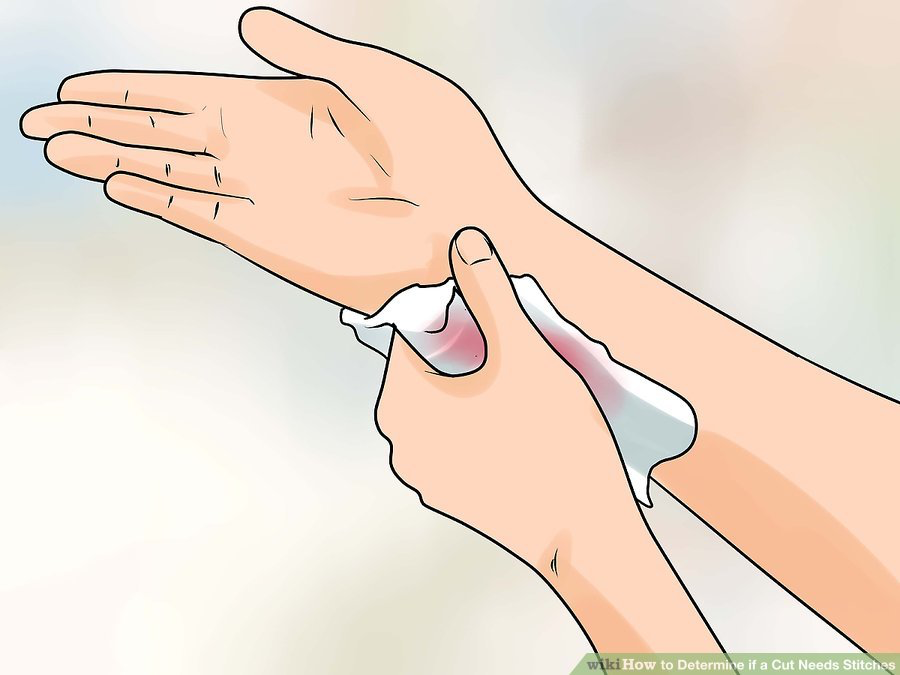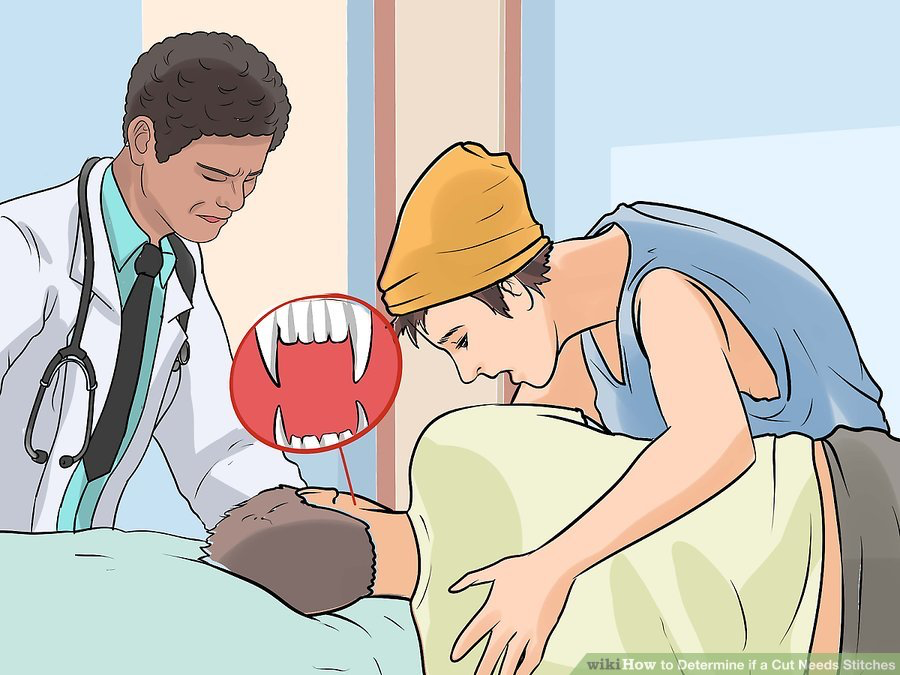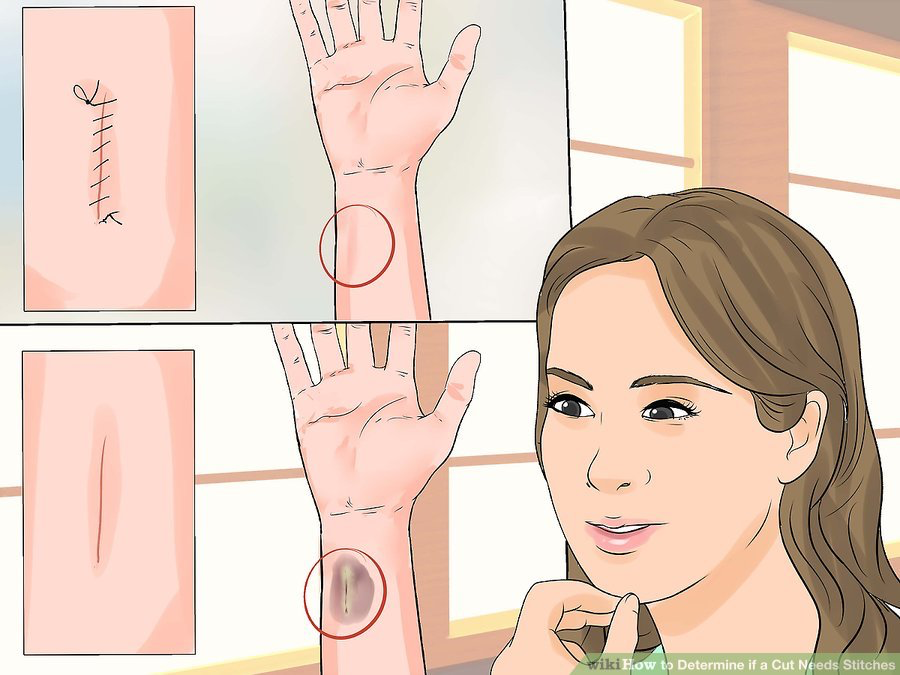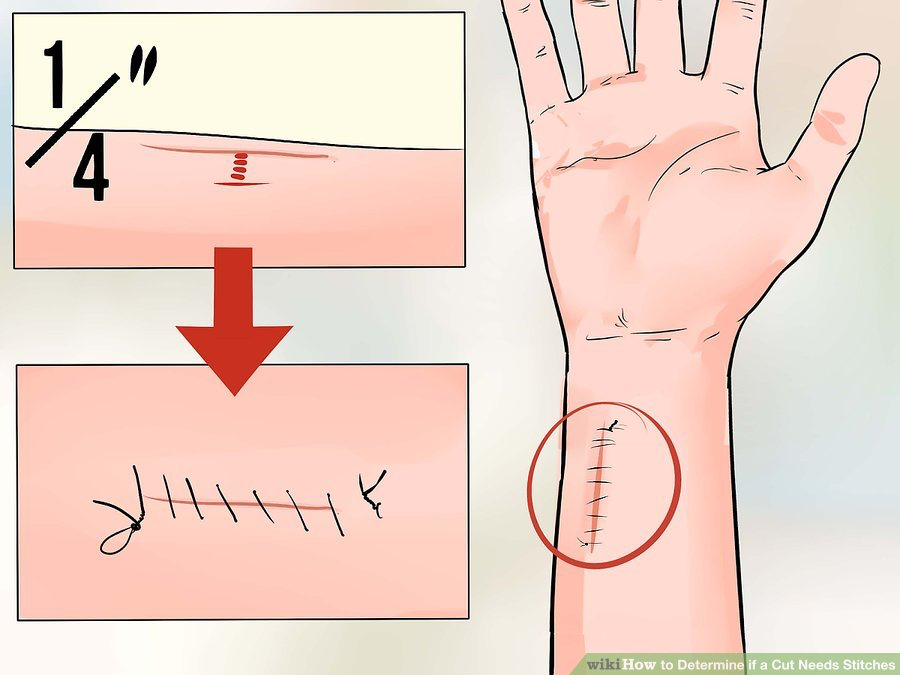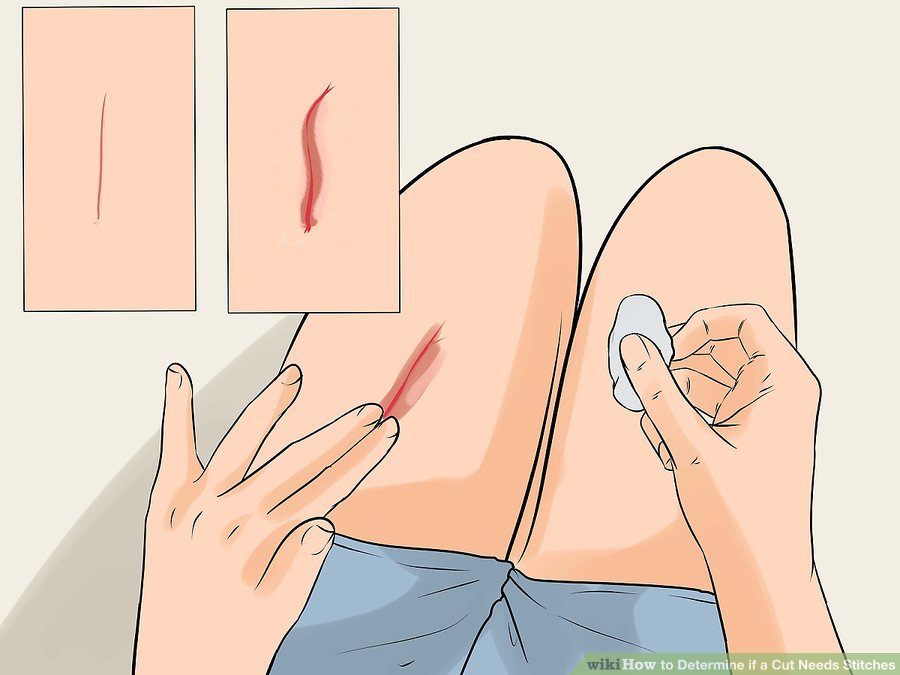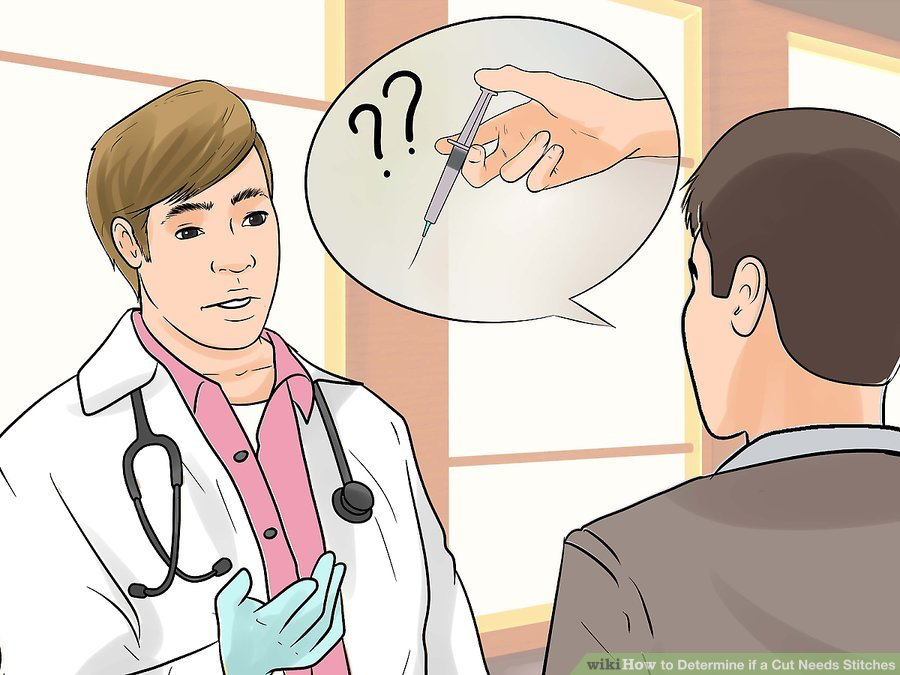Back First Aid Explained
How to Determine if a Cut Needs Stitches
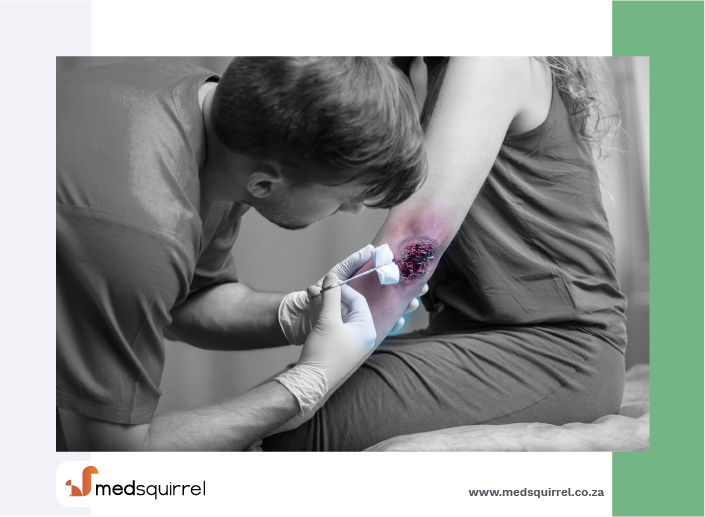
We have selected the following expert medical opinion based on its clarity, reliability and accuracy. Credits: Sourced from the website wikiHow. Please refer to your own medical practitioner for a final perspective, assessment or evaluation.
Overview
Yikes! You've got a cut and it looks pretty nasty. Sometimes it's hard to tell if the open wound is in need of stitches, which help it heal properly and reduce scarring. If you're not sure whether or not it deserves stitching and want to save yourself an unnecessary trip to the hospital if it doesn't, here are some helpful tips and methods you can use to find out if your open wound is really in need of serious medical attention.
Part 1: Reasons You Should Visit the Doctor Immediately
1. Try to stop the bleeding as well as you can
Elevate the injured body part above the level of the heart, as this can help to diminish bleeding. Use a clean cloth or slightly damp paper towel, and apply firm pressure to the open wound for about 5 minutes. Then, remove the cloth or paper towel to check if it's still bleeding.
- If it's bleeding is significant, do not proceed to any other steps and go to the hospital immediately.
- If the bleeding is uncontrollable, or blood is gushing from the wound, call emergency services immediately, as this can be life threatening.
2. Check if an object is lodged in the area of the wound
- Do not try to remove the object: Sometimes the object helps to stop the wound from bleeding excessively. If there is anything stuck in the wound, you should see a doctor in the emergency room immediately.
3. See a doctor immediately if the cut has been caused by a human or animal bite
These cuts pose a much higher risk of infection, you may need to be vaccinated for prevention, and receive antibiotics, so regardless of whether stitches are needed you should seek professional medical help.
4. Consider the area of the injury
If the cut is on the face, the hands, the mouth, or the genitals it is important to be seen by a doctor, as you may need stitching for cosmetic reasons and proper healing.
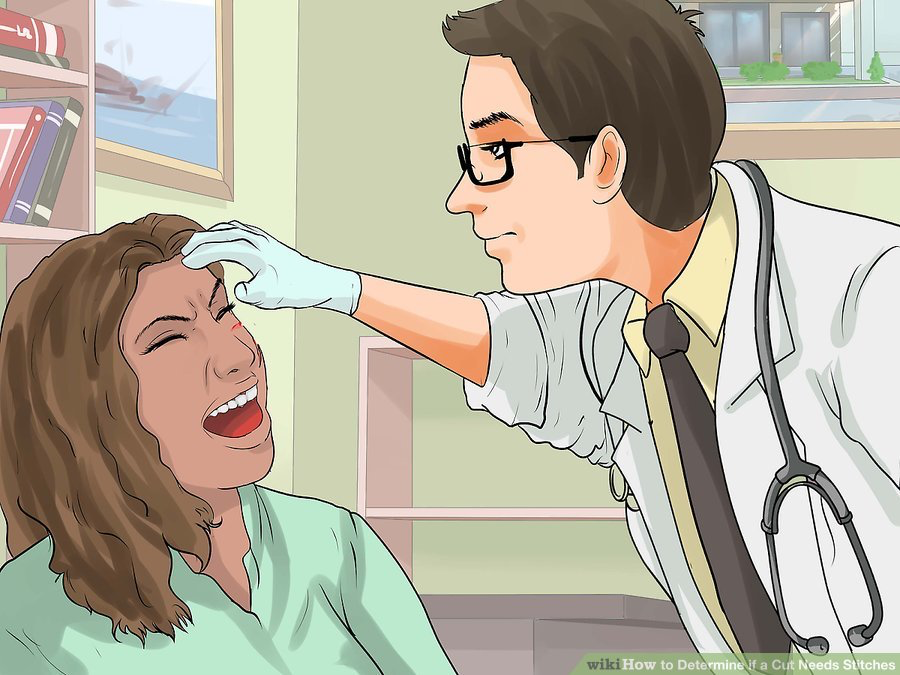
Part 2: Knowing When a Cut Needs Stitches
1. Understand why stitches are used
Stitches have a multitude of uses. The most common reasons to get stitches are:
- To close a wound that is too big to be closed otherwise. Using stitches to bring the edges of the wound together can help to speed up healing.
- To prevent infection. If you have a large, gaping wound, closing it with stitches can help to minimize the risk of infection (as skin that is broken open, especially large, gaping wounds, are a prime target for an infection to enter the body).
- To prevent or reduce scarring after your wound heals. This is especially important when the cut is on areas of the body that are more cosmetically important, such as the face.
2. Consider the depth of the wound
If it is greater than 1/4 inch deep, the wound may be eligible for stitching. If it's deep enough that you can see yellow fatty tissue, or even bone, you should definitely see a doctor for treatment.
3. Evaluate the width of the wound
Are the edges of the wound close together, or do they need to be pulled together to cover the exposed tissue? If the edges of the wound need to be pulled together to cover a gap of exposed tissue, this is an indication that stitches may be required. By pulling the edges of the wound close enough to where they can touch, stitches can help to speed healing.
4. Look at the location of the wound
If the open wound is located on a specific area of the body where there is a lot of movement involved, it will most likely need stitching to prevent re-opening of the wound caused by movement and stretching of the skin. For example, an open wound on the knee joint or fingers (especially where joints connect) would be eligible for stitches whereas an open wound on the thigh would not really need stitching.
5. Ask your doctor about getting a tetanus shot
Tetanus shots last no longer than 10 years and then you'll have to be re-vaccinated. If you have an open wound and it's been longer than 10 years since you've had a tetanus shot, go to the hospital.
- While you are at the hospital, you can have the doctor evaluate the cut also to see if it will need stitching.
_______________________________________________________________________________________________________________________
Are you a healthcare practitioner who enjoys patient education, interaction and communication?
If so, we invite you to criticise, contribute to or help improve our content. We find that many practicing doctors who regularly communicate with patients develop novel and often highly effective ways to convey complex medical information in a simplified, accurate and compassionate manner.
MedSquirrel is a shared knowledge, collective intelligence digital platform developed to share medical expertise between doctors and patients. We support collaboration, as opposed to competition, between all members of the healthcare profession and are striving towards the provision of peer reviewed, accurate and simplified medical information to patients. Please share your unique communication style, experience and insights with a wider audience of patients, as well as your colleagues, by contributing to our digital platform.
Your contribution will be credited to you and your name, practice and field of interest will be made visible to the world. (Contact us via the orange feed-back button on the right).
Disclaimer:
MedSquirrel is a shared knowledge, collective intelligence digital platform developed to share medical knowledge between doctors and patients. If you are a healthcare practitioner, we invite you to criticise, contribute or help improve our content. We support collaboration among all members of the healthcare profession since we strive for the provision of world-class, peer-reviewed, accurate and transparent medical information.
MedSquirrel should not be used for diagnosis, treatment or prescription. Always refer any questions about diagnosis, treatment or prescription to your Doctor.

